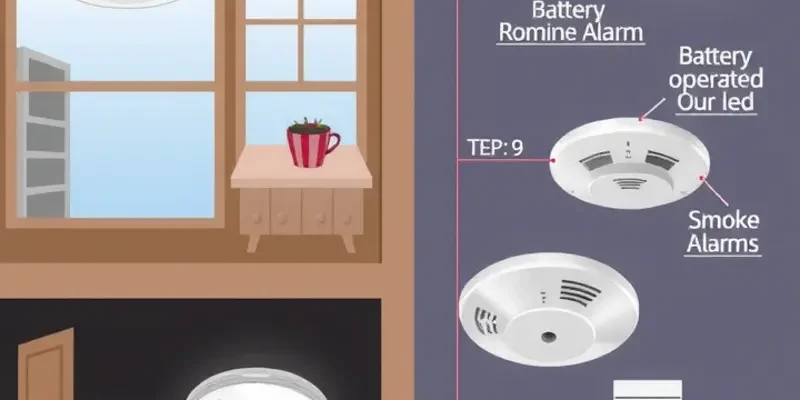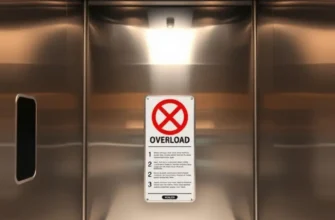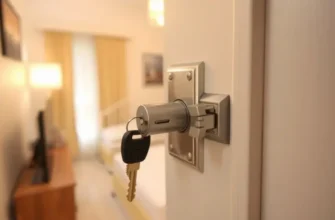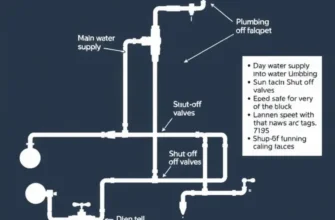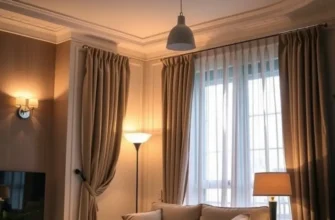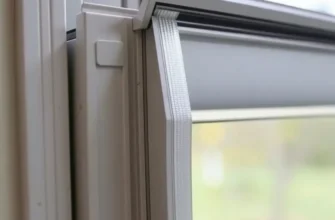Ensuring your home is safe from fire hazards is critical, especially in rental apartments where options for safety enhancements may feel limited. Smoke alarms are a vital lifeline, alerting you about dangerous smoke or fire and offering crucial time to escape. As a renter, it’s important to understand how to effectively test your smoke alarms to ensure they function properly, providing peace of mind for you and your loved ones. Regular testing and maintenance can prevent malfunction and foster a secure living space in your apartment. Whether your smoke alarm is wired, battery-operated, or a part of a safety monitoring system, knowing the steps to verify its effectiveness can empower you and enhance safety. Here’s a straightforward, no-nonsense guide to testing smoke alarms that can easily be followed, ensuring you have a method to ensure safety without added inconvenience.
Understanding Your Smoke Alarm: Types and Basics
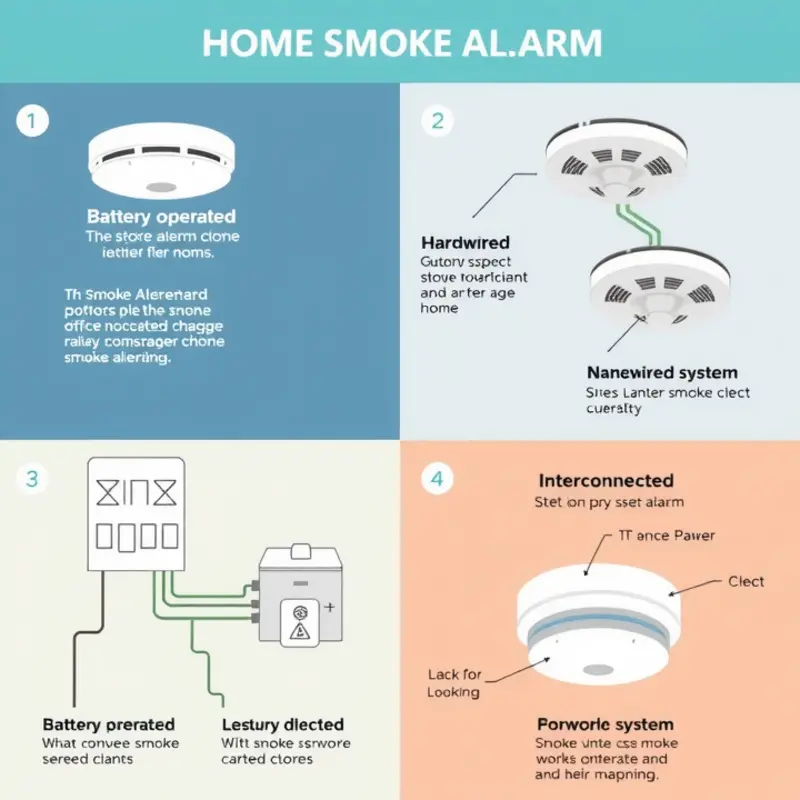
Securing your home with functional smoke alarms is one of the most effective ways to ensure safety. Knowing how these devices work and where to find them in your apartment is crucial. This chapter elucidates the types and fundamental aspects of smoke alarms, concentrating on battery-operated, hard-wired, and interconnected models.
Battery-Operated Smoke Alarms
Battery-operated smoke alarms are independent devices that rely solely on batteries for their power supply. These are ubiquitous due to their ease of installation and versatility. Without needing a hard-wired connection, they can be placed in any location, making them a popular choice among renters. However, it’s vital to regularly test and replace the batteries, typically twice a year, to ensure they remain operational. Many models feature a low-battery warning, emitting a periodic beep to alert you of necessary battery changes.
Hard-Wired Smoke Alarms
Unlike battery-operated alarms, hard-wired smoke detectors are connected directly to your apartment’s electrical system. These devices usually come with a battery backup to ensure functionality during power outages. Installing these alarms often requires professional assistance, as they must integrate with the building’s electrical framework. The primary advantage is their reliability, as they are not solely dependent on battery power, which might be of particular interest if your rental agreement already includes them.
Interconnected Smoke Alarms
Interconnected smoke alarms are either hard-wired or battery-operated models that communicate with each other. When one alarm detects smoke, all units will sound, ensuring residents are alerted, regardless of their location within the apartment. This feature significantly enhances safety, providing comprehensive coverage in larger apartments or multi-story buildings. Familiarizing yourself with your building’s setup, particularly in understanding if alarms are interconnected, will help you respond promptly during emergencies.
Key Features and Placement
Modern smoke alarms come with various features to improve safety and usability. Some models offer a hush feature, allowing residents to temporarily silence false alarms, such as those caused by cooking smoke, without completely deactivating the device. Look for units that comply with the latest safety standards and consider those with built-in carbon monoxide detectors for added protection.
Understanding the placement of smoke alarms within your apartment is just as crucial as knowing their types. Typically, alarms should be installed in every bedroom, outside each sleeping area, and on every level of the home. For the best guidance, consult your lease or landlord, or refer to local fire safety regulations. Exploring related resources, such as emergency evacuation planning, can also enhance your readiness.
Grasping the basics of your smoke alarm system is a necessary step toward ensuring safety in your rental. Proper knowledge and maintenance can prevent potential disasters, keeping you and your apartment secure.
A Simple Step-By-Step Guide for Testing Smoke Alarms

Ensuring your smoke alarms are functioning properly is a crucial step in maintaining safety in your apartment. Follow these steps to confidently conduct a simple smoke alarm test and keep your space secure.
First, locate your smoke alarms. They’re usually mounted on the ceiling or high up on a wall. Be aware that most apartments have several alarms, typically one in each major area such as bedrooms and hallways.
Before testing, examine the device for a manufacturer’s label that indicates the smoke alarm’s expiration date. Smoke alarms generally last about 10 years. If your alarm is expired or close to it, contact your landlord for a replacement or refer to your lease for guidance on replacement responsibilities. For more on maintaining your living space, check out sustainable apartment living.
Next, ensure optimal operation by checking the alarm’s power supply. If your alarm is battery-operated, it’s essential to replace the battery annually or when you hear the device chirp. Most models use a 9-volt battery, but verify the type in your specific unit. To replace batteries, remove the unit from its mounting bracket, open the battery compartment, and swap in fresh batteries before resecuring it.
Once new batteries are installed or if your alarm is hard-wired, press and hold the test button. The button is usually located on the alarm’s front. A loud siren should sound, indicating the alarm is functioning correctly. If there’s no sound or it’s faint, check the batteries or connections. Persisting issues without resolution may necessitate a professional check or a replacement.
Remember, setting off your smoke alarm might alert your neighbors. If your alarm goes off longer than expected, calmly inform them of the test while ensuring the device resets after the test.
Maintaining your smoke alarms is not limited to testing. Cleaning periodically is key to efficiency. Dust and debris can collect on the sensor, impairing functionality. Use a vacuum cleaner with a soft brush attachment to gently clean the exterior. Avoid using chemical cleansers, as these might damage sensitive components.
Additionally, routinely check your device’s placement. Smoke alarms must be installed far from vents, windows, and fans to prevent interference with detection capabilities. If your apartment layout seems limiting, consult your landlord on relocating any units if needed. Prioritize strategic locations that align with the manufacturer’s recommendations for comprehensive coverage.
It’s essential to keep a record of your smoke alarm checks, noting the test date and any battery replacements. Engaging in this practice can help highlight patterns and prevent lapses in your apartment’s safety strategy.
By following these steps, you ensure your smoke alarms are continuously prepared to protect you and your home, contributing to a safe and secure living environment. Trust this guide to form the foundation of your smoke alarm maintenance routine and forge your path to hassle-free home safety.
Final words
Regularly testing your smoke alarms is a simple yet effective way to ensure your safety and peace of mind in your rental apartment. By understanding the types of smoke alarms and maintaining them effectively, you not only comply with safety standards but also create a secure living environment for you and your loved ones. Taking these proactive steps reflects a commitment to personal and community safety, wherever you may rent. Embrace these practices as an essential part of being a responsible renter.

